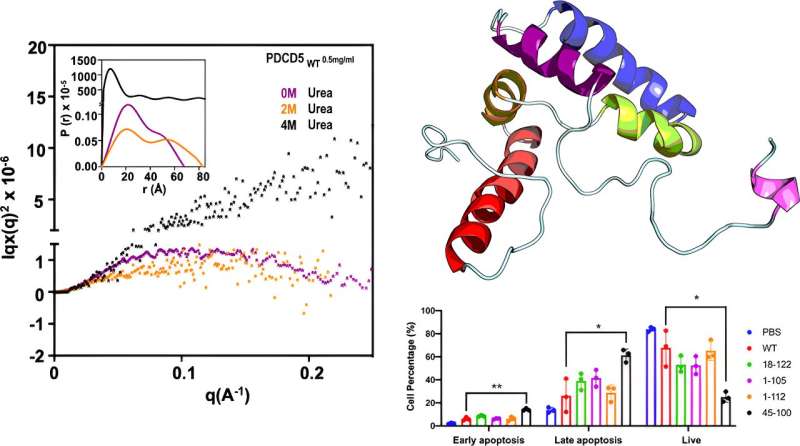This article has been reviewed according to Science X's editorial process and policies. Editors have highlighted the following attributes while ensuring the content's credibility:
fact-checked
peer-reviewed publication
proofread
Unveiling the intricate and subtle dance of proteins: Understanding how parasites disarm host defenses

Pathogens hijack host cell functions by expressing or secreting effector proteins, creating environments conducive to their survival and reproduction. These pathogenic microorganisms—including eukaryotic parasites, prokaryotic bacteria, and viruses—express effector proteins that function as their "ammunition depot."
These proteins are crucial for pathogen survival and dissemination, enhancing the efficiency of invasion, suppressing the host's immune system, or initiating pathogen replication. For instance, viruses may interfere with host signaling pathways, pushing cells into states that favor viral replication.
Similarly, certain bacteria secrete toxins that disrupt the host cell cytoskeleton, facilitating pathogen invasion and spread. Additionally, pathogens can evade immune surveillance by suppressing the host's immune response, thereby increasing the likelihood of a successful infection.
Toxoplasmosis, a systemic disease caused by Toxoplasma gondii, poses particularly high risks to pregnant women and immunocompromised individuals. T. gondii spreads by reaching cats as its definitive host and is transmitted through intermediate hosts, including humans and other warm-blooded animals.
To evade the host's immune defenses, T. gondii secretes the effector protein TgPDCD5, which induces apoptosis in host macrophages. Although the exact mechanism by which TgPDCD5 enters host cells is not fully understood, studies suggest that it may do so via endocytosis induced by interaction with heparin or heparan sulfate proteoglycans on the host cell surface. However, as a biological macromolecule, proteins generally face significant challenges in crossing cell membranes.
Professor Chun-Hua Hsu's research team at National Taiwan University aims to elucidate the mechanism and function of TgPDCD5 through structural biochemical and biophysical research.
In an article published in JACS Au, the team used techniques such as circular dichroism spectroscopy, fluorescence spectroscopy, and synchrotron radiation X-ray small-angle scattering to first provide conclusive evidence that TgPDCD5 exhibits characteristics of a molten globule. Further NMR analysis revealed TgPDCD5 as a helical bundle with an extended N-terminal helix, also displaying molten globular characteristics.
NMR perturbation studies showed that heparin/heparan sulfate binding involves both the heparan sulfate/heparin proteoglycans-binding motif and the core region, with the interaction influenced by the proline isomerization of the P107 residue.
Interestingly, the team discovered that another proline isomerase, TgCyp18—secreted from T. gondii's "ammunition depot"—plays a regulatory role in the cis-trans isomerization of TgPDCD5's proline residues, facilitating the binding and release of TgPDCD5 to and from heparan sulfate polysaccharides. This regulation is akin to a ship anchoring to stabilize while docking and lifting anchor to set sail when departing.
Consequently, the research team proposed a molecular mechanism for TgPDCD5's entry into cells: it first binds to cell surface heparan polysaccharides and then, due to its molten globule state, maintains sufficient flexibility to perform a subtle "protein dance" that enables membrane translocation into the cell.
More information: Gloria Meng-Hsuan Lin et al, Proline Isomerization and Molten Globular Property of TgPDCD5 Secreted from Toxoplasma gondii Confers Its Regulation of Heparin Sulfate Binding, JACS Au (2024). DOI: 10.1021/jacsau.3c00577
Journal information: JACS Au
Provided by National Taiwan University





















